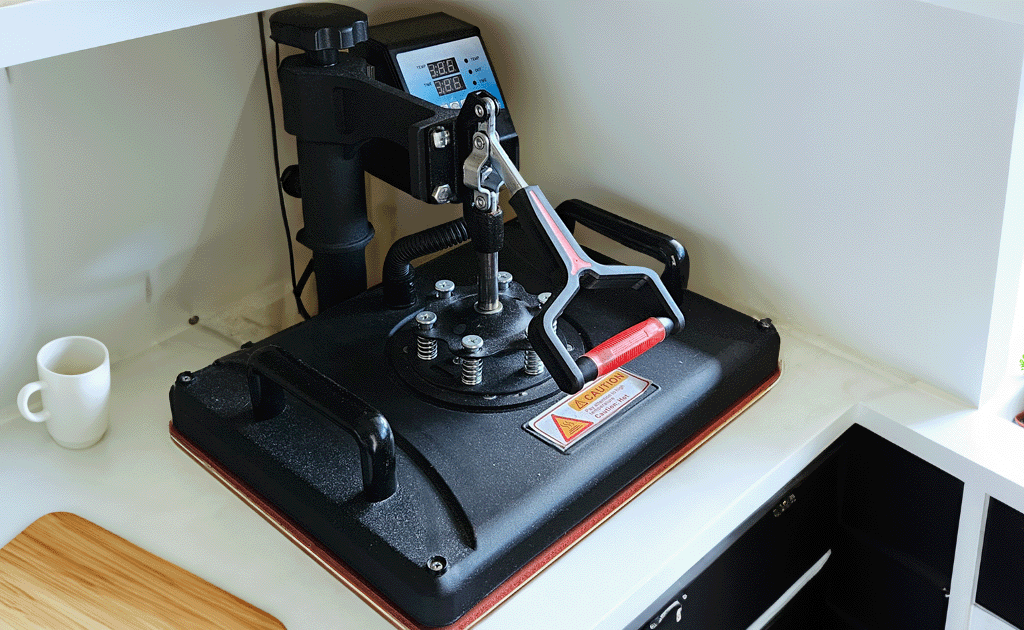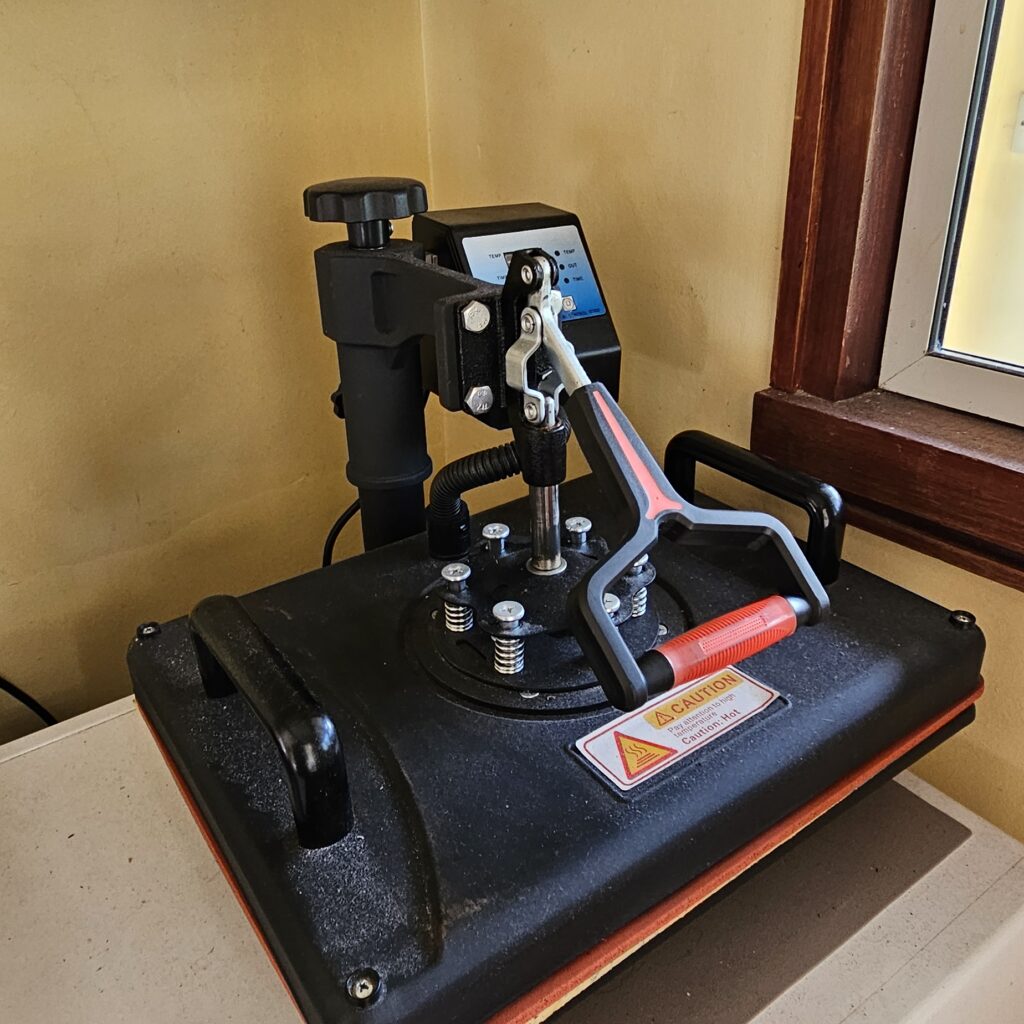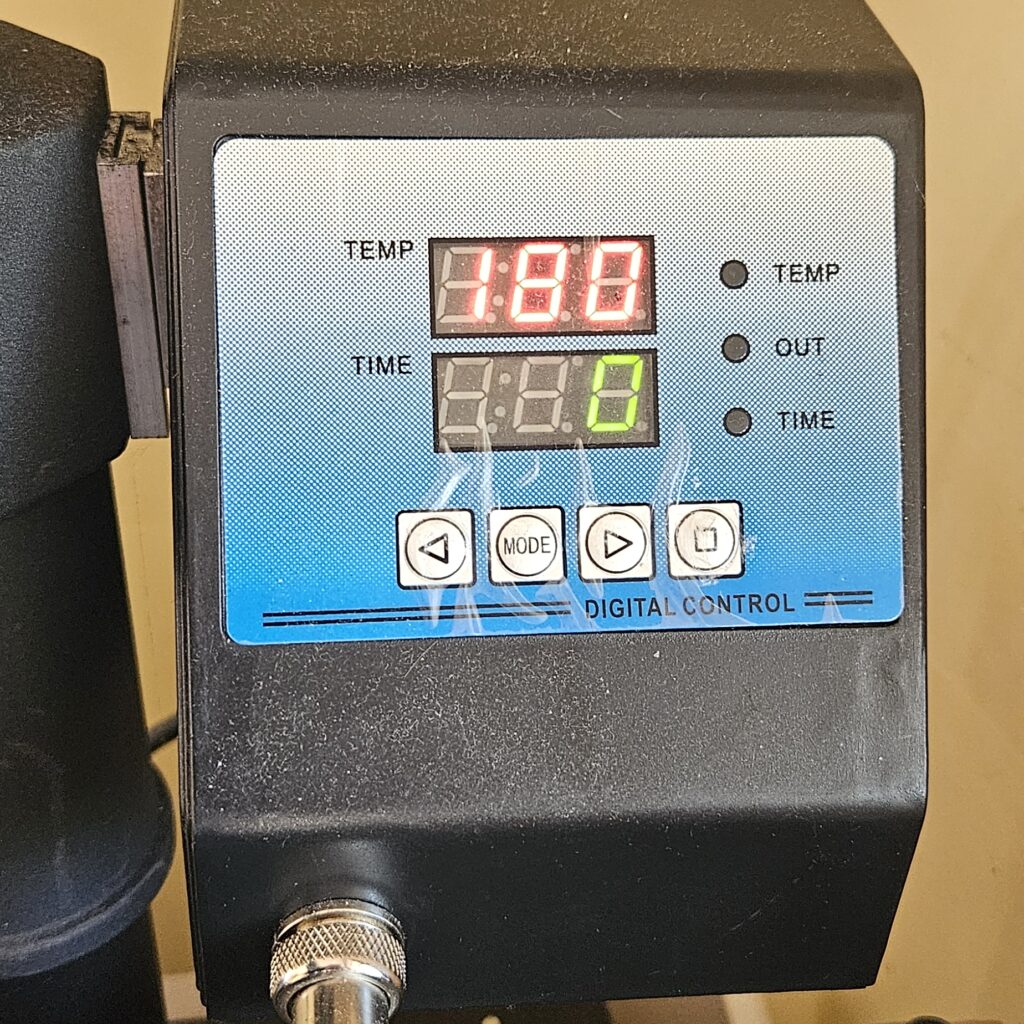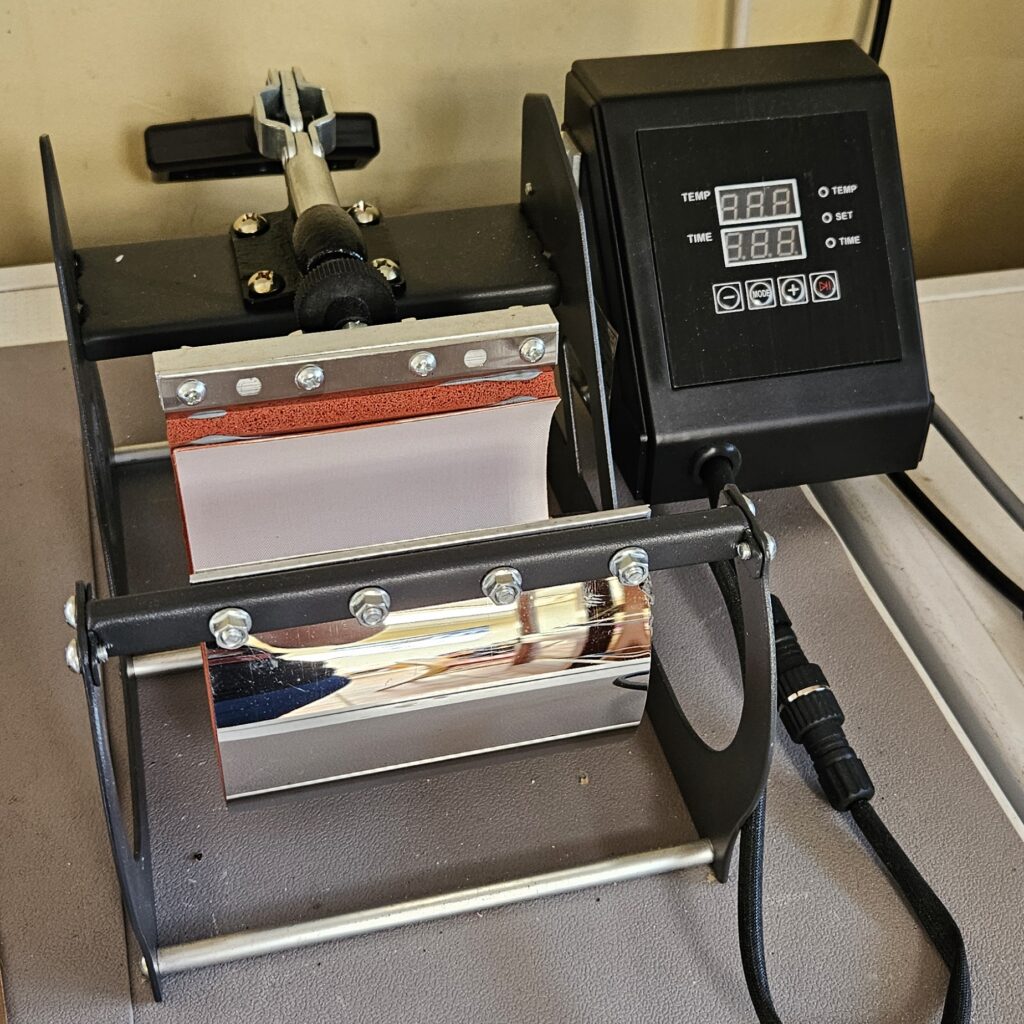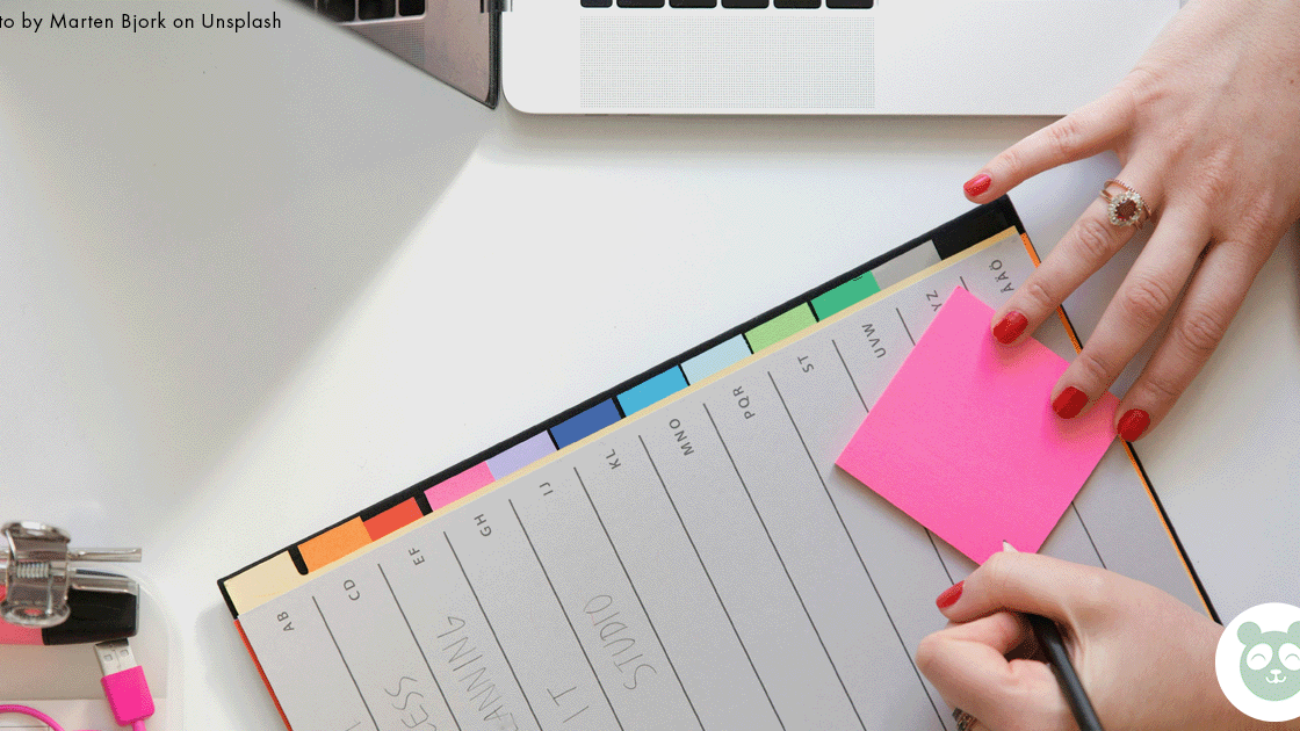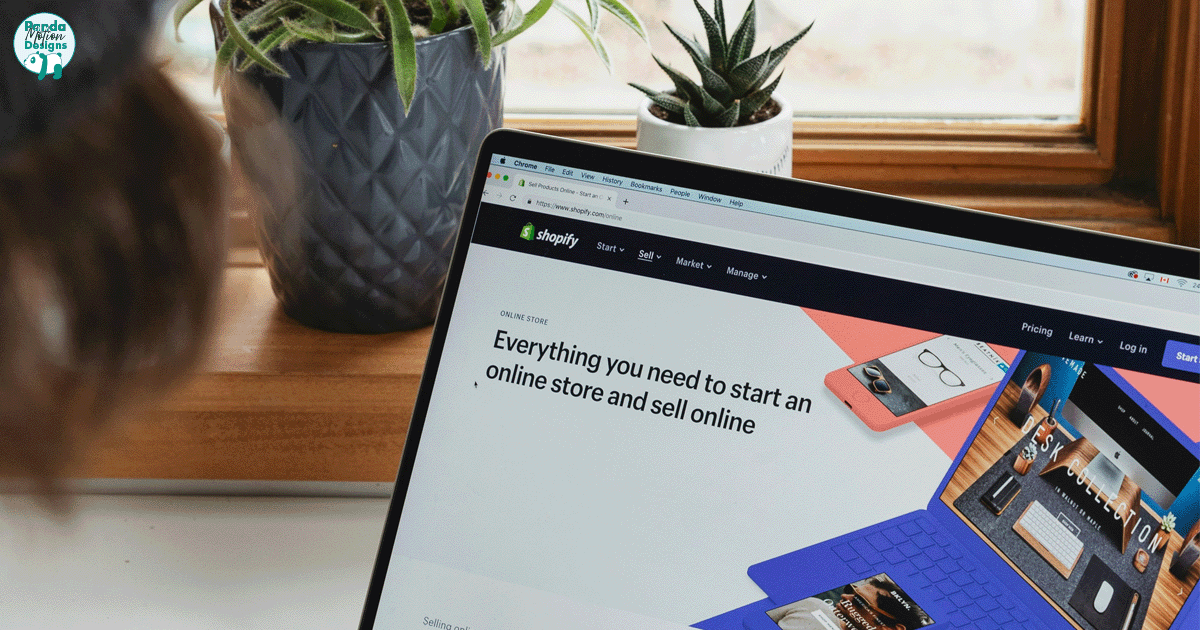
Hello There Padawan!
Welcome back to my mini-series about how to start a Sublimation business. In Part 3, we will be discussing marketplace platforms. You can catch up on the previous instalments here:
So, you now have all the equipment you need to start a business. You have developed or are developing some designs you want to sell. But where or how are you going to sell it?
Where to begin?
Grab a coffee and a choccy biccy, and let’s take a look at marketplace platforms
Marketplace Platforms vs. Your Website
First off. What is a marketplace platform?
Marketplace platforms are websites or apps that allow businesses to sell products to customers. Some examples of marketplace platforms include Sharetribe, Shopify, and Amazon
Marketplace platforms make it simpler and easier to list items without the need to learn how to build or manage a website. A lot of marketplace platforms also handle tax fees, which, again, makes it easier to manage your store and finances.
The majority of these places will have some initial start-up fees, listing fees and subscriptions, so it’s very important to have a good look and research their fees, both one-off and ongoing, as they can vary wildly.
Some places, such as Not on the High Street, you need to apply to their platform to sell as they vet everyone and don’t want too many of the same thing being sold and are less likely to have scammers or drop shippers.
You also need to consider digital footfall. Etsy and Shopify are well-known and established, and as a result, they attract more shoppers to their sites.
With your website, you avoid these extra marketplace fees and you just have the annual hosting and domain name fees. So you tend to have better take-home pay. However, you will need to keep an eye on taxes, mailing costs, etc. Marketplaces cover things you wouldn’t normally think of. You also have a lot more work on social media to get shoppers to visit your website.
Fees
Yup. Fees. Sadly nothing is free, especially with the online marketplace hosting. Even with your own website you would have to pay for web hosting and domain name price. These tend to be annual, but some places offer monthly payment plans. No need to pay extra for listing fees, processing fees, etc., that some other platforms charge.
Other platforms such as Etsy, have several little extra fees that they have. You can opt out of some features, such as Etsy off-site advertising. But Etsy has a small list of fees, including listing fees, operating fees, processing fees, VAT fees, etc. They are small amounts but can build up over a month. But no fees or subscription payments.
Other sites such as BuyIndie or MadeMe don’t have listing fees but offer a subscription service instead. Many find this preferable compared to the small multiple fees charged by Etsy. But research the digital footfall on these sites, as you would need to work hard on social media and additional advertising fees to pull in customers yourself.
Advertising
Setting up your shop isn’t the last of it. You will need to bring in customers.
Etsy offers in-site advertising at an extra cost; They charge you by click-throughs. This is optional. Etsy automatically adds your listings to off-site advertising (on Google, Pinterest, etc.), and they only charge you when you make a sale.I have been told that you can opt out of this as well. I’m not sure about the other sites, but my understanding is that you need to bring in customers yourself or pay extra for them to advertise for you.
Having your website is different. You would have to work hard to bring in the customers, so putting some money into advertising on Google, or Facebook etc. is worth it. But it will require extra effort on your part to get your brand out there.
Traffic
As mentioned previously, a lot of well-established marketplace sites already have good digital traffic. Now, this doesn’t mean success; you still need to work on driving that traffic to your listings with good images, SEO and catchy listing titles to get that cha-ching.
With your own website and smaller marketplaces you will need to add in the extra work. You don’t already have that digital footprint that other well-established websites already have. Using your website takes longer to establish, so you really need to focus on your SEO and social media campaigns to start seeing those cha-chings come in.
Social Media
Social media will play an important role in generating sales and getting noticed. Whether you have your own website or use a marketplace, you will need a social media presence.
Make sure you have your website link or marketplace link in your bio as well as links in posts and stories to help drive people to your online store. It’s also a great place to announce sales and new products to help generate interest. Again, this will take time, and you will really need to work hard to establish your online presence. I would recommend looking at paying for advertising on Facebook and Instagram to help get your business name up there and bring in followers.
Eventually you may want to start an email/newsletter campaign, offer free items, competitions and more to help with engagement. It can be rewarding if you put the hard work into it.
If you have an Etsy store, make sure to use your share and save link so you get money back on your transaction fees.
Conclusion
In conclusion, if you are starting out, I would suggest starting out on a marketplace such as Etsy or Amazon. Establish yourself, gather reviews, and work on social media to gain visibility. Just make sure you take the fees into account in your pricing.
Now, depending on how your sales go after a year or 2, it would then be worth considering a professional website of your own and start driving traffic to it rather than your marketplace platform.
Starting your shop takes a lot of work, and it will not be a success from the start. You need to put a lot of dedication into it all before you start seeing those sales come in. Even after 4 years in business, I would not say I have been incredibly successful. Good enough to stay in business but not enough to say my profits are enough to cover my mortgage (still hoping).
But once you put the work into it, it will be worth it. Stay strong and believe in yourself.
Thank you if you have visited my website to read my blog, buy from me or follow me on social media. We greatly appreciate your support in whatever form.
If you have any questions please use the comment section below or use one of my social media channels. If you have any goal recommendations to make; then please comment below.
Until Next Time…

